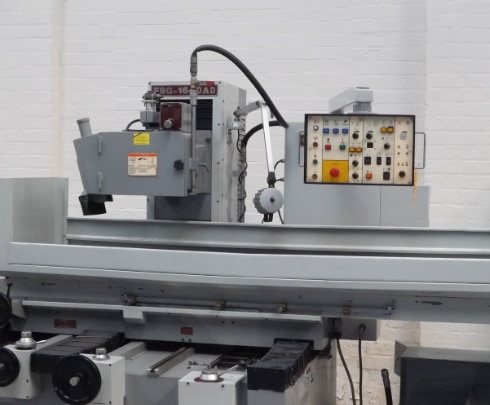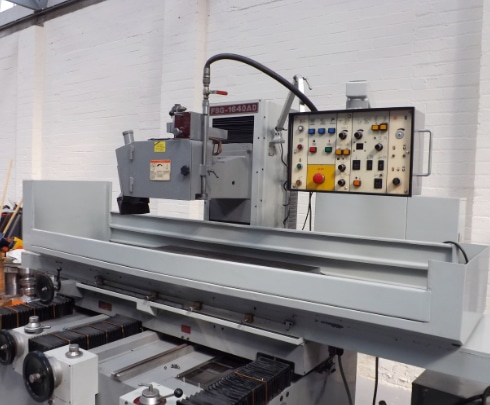
Grinding is essential to the finishing process of manufacturing, and a surface grinder is the most common way of completing this. A surface grinder can be applied to numerous materials which are used in manufacturing - such as mild steel, aluminium, some plastics, and even glass - making it an accessible and flexible method for finishing your product. However, it is crucial that the grinding wheel is harder than the workpiece, to ensure the workpiece is shaved down, rather than the grinder.
Bellcliffe Engineering’s surface grinder and practised machinists are available to assist with all your surface grinding needs, taking care that in the final stages of your product development, accuracy and quality continue to be prioritised.
Capabilities & Technical Specifications
From the start of our assistance, Bellcliffe Engineering puts quality first. Our Hexagon Absolute Arm is used to ensure measurements are taken with care whilst machining your products. Our absolute arm is accurate to within ± 9 Microns. We use CAD and CAM software to dictate machining, ensuring all our machines perform a thorough and precise NC operation. This is backed up over 100 combined years of experience, allowing us to guide you confidently through this process, and serve customers globally.
For surface grinding processes, Bellcliffe Engineering uses a 400mm W x 1000mm L Chevalier Surface Grinder. We moreover offer the following services for complete in-house machining operations:

Applications
Bellcliffe Engineering provides solutions for all your machining problems, and can do this for a number of sectors, including, but not restricted to...
Got A Question? Get In Touch
FAQs
Surface grinding can work in numerous ways, relating to the horizontal or vertical positioning of the spindle.
On horizontal spindle surface grinders, the wheel is held so that the outer edge, or periphery, of the wheel makes contact with the workpiece. This type of grinding is often used for precision work, since a smaller surface area works the workpiece.
On vertical surface grinders, the face of the wheel makes contact with the workpiece. Since the face of the wheel has a much larger surface area, this removes and smooths surfaces much quicker.
The workpiece is generally held below the wheel by use of a vise or electromagnetic work table. The abrasive wheel is lowered to the workpiece, and spins at high speeds to grind down the surface of the workpiece, helping to level, flatten, or smooth the surface. The worktable begins to adjust itself, to ensure the wheel continues to make contact with the workpiece as it is shaved down.